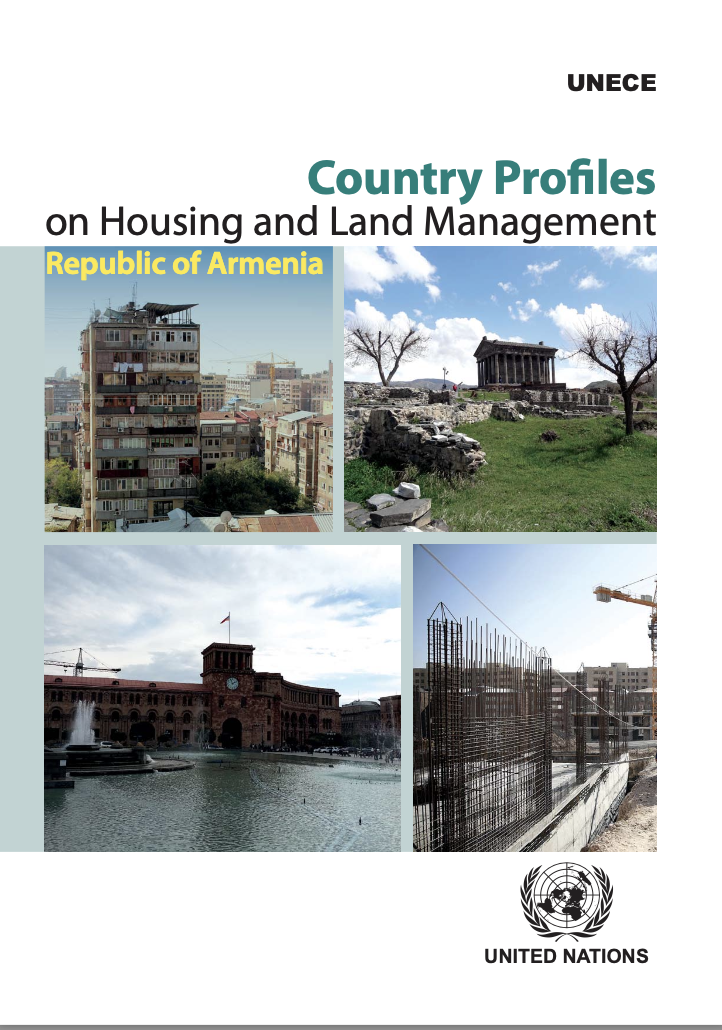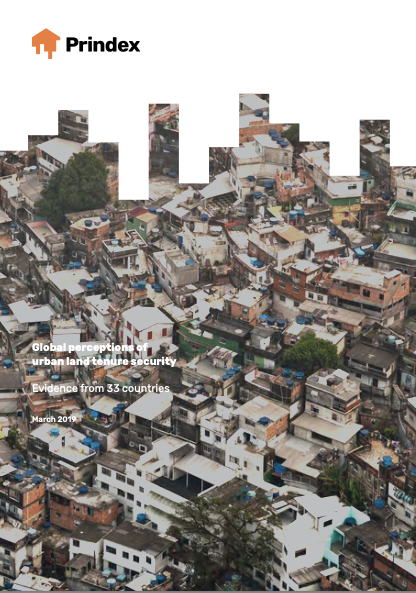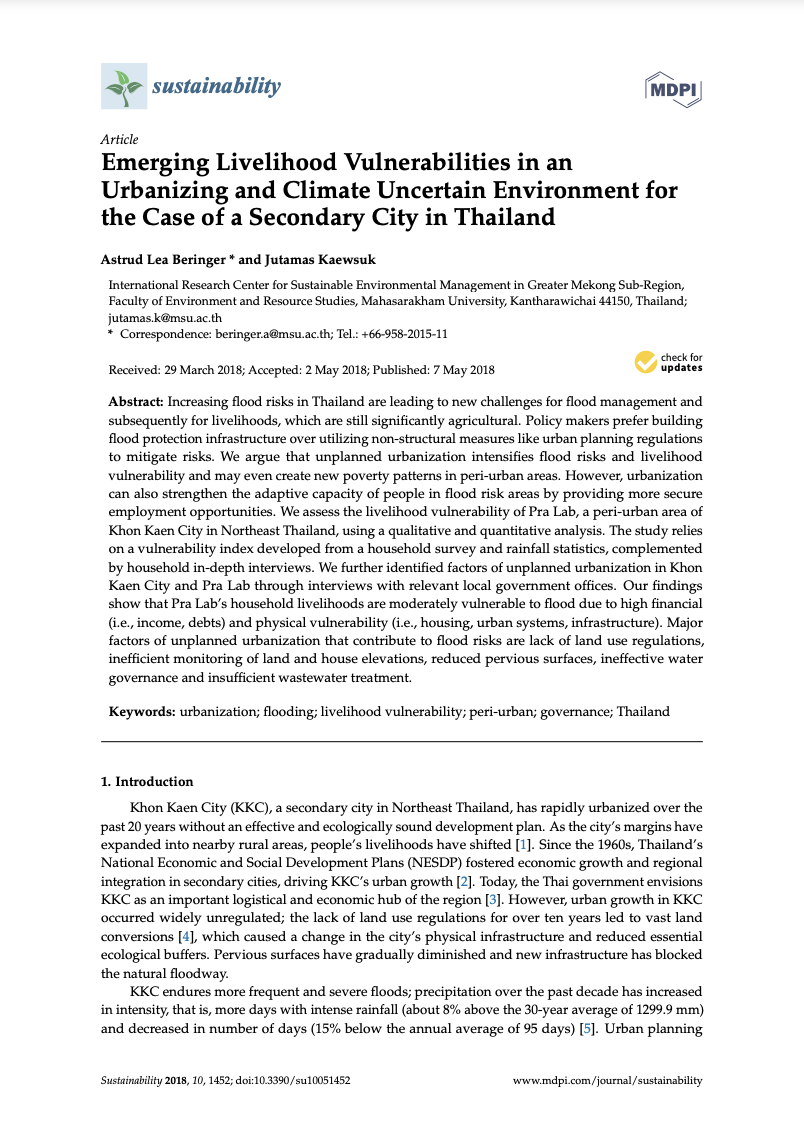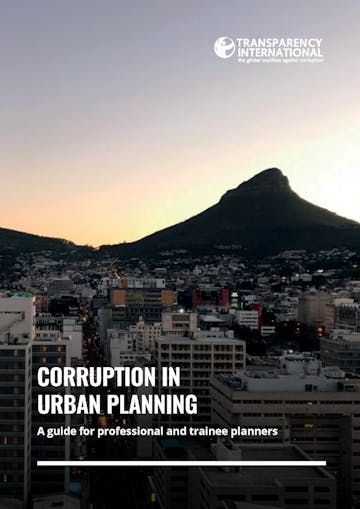Estrategia Nacional de Ordenamiento Territorial
México ha transitado por un proceso de cambios territoriales importantes en las últimas décadas; sin embargo, las políticas de vivienda de los últimos años, las modificaciones constitucionales sobre la propiedad agraria y la falta de una aplicación rigurosa de los instrumentos de planeación y de Ordenamiento Territorial (OT), entre otros factores, aceleraron la expansión urbana sobre áreas agrícolas y naturales. Si bien los procesos de urbanización y metropolización han favorecido el desarrollo económico del país, también han tenido efectos negativos, tales como un aumento de la desigualdad








